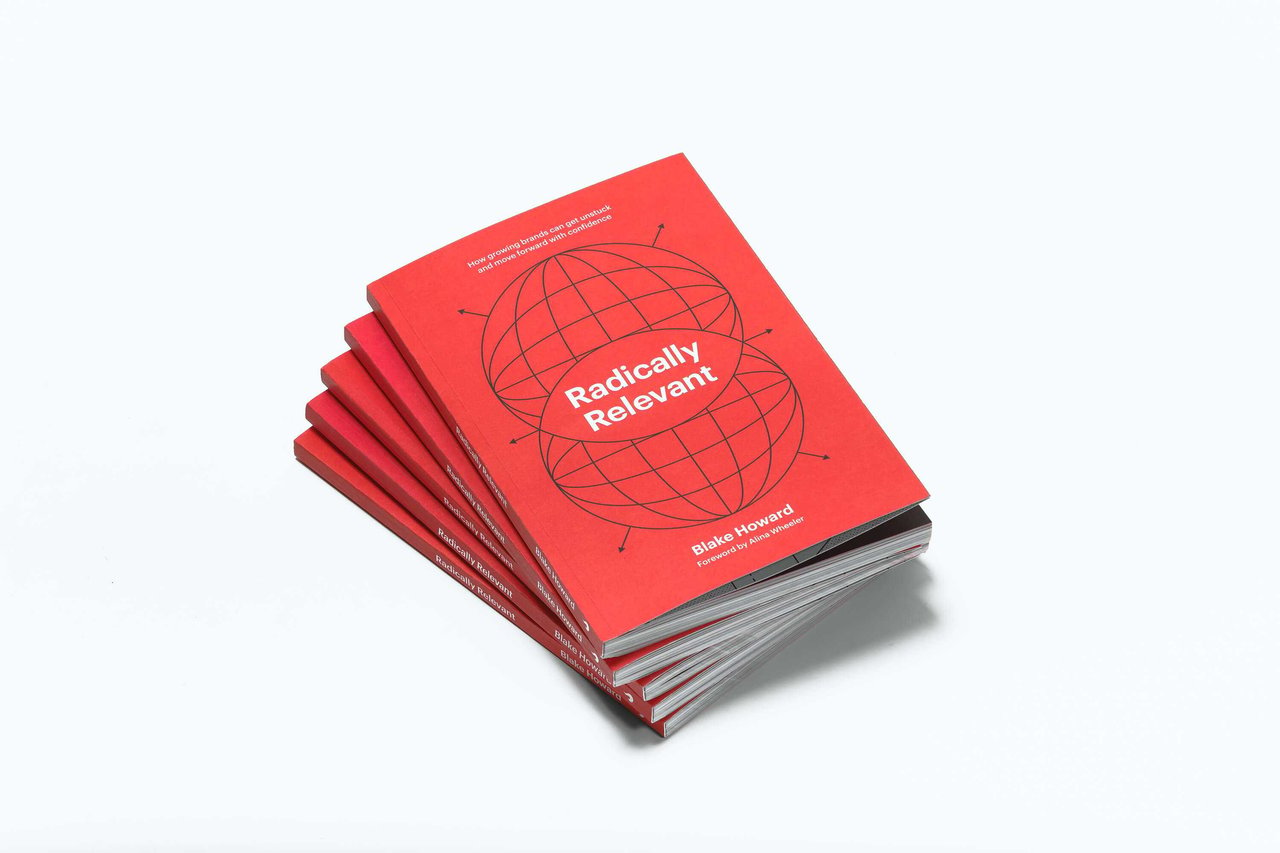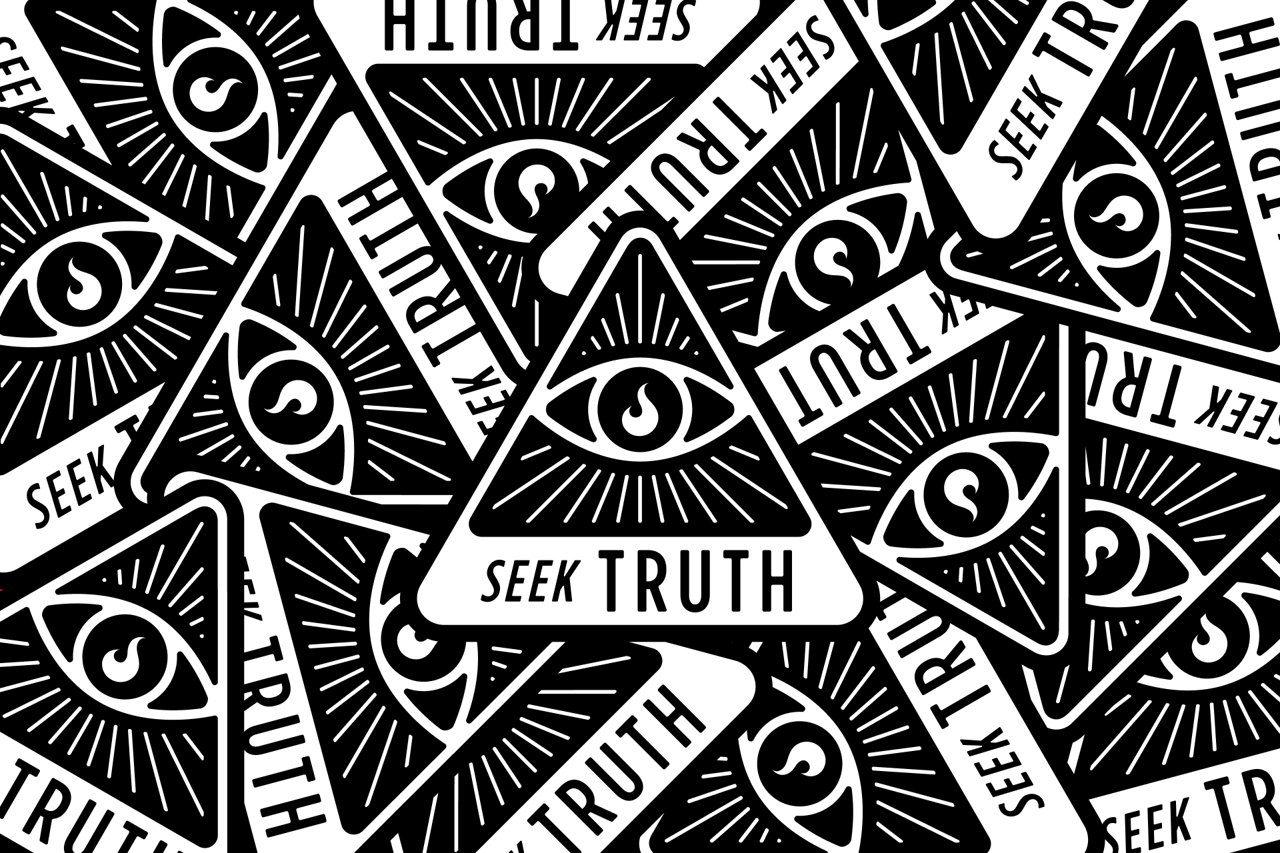
“In the absence of a clear strategy, everything looks like a good idea.” - Unknown
In this article, we'll discuss the advantages and disadvantages of three different employer branding methods.
Method 2: Use a Local Marketing Agency
Method 3: Develop Your Employer Brand with a Brand Consultancy Partner
Getting Ready
Every organization has an employer brand, whether they developed it or not–because an employer brand is shaped by the real experiences of people who engage with it.
So why focus time, energy, and resources on shaping it? For starters it’s pretty costly not to. A healthy, strategic employer brand bolsters satisfaction, which has been shown to positively impact retention and productivity. Happy employees lead to positive bottom-line results because they value the culture and understand their part in shaping overall success. Also, your employer brand is your reputation as an employer. This makes it critical to control that narrative, or others will tell your story for you (and likely get it wrong).
In short, companies need their employer brand to help drive performance and create increased value year over year, as part of a multi-pronged approach to overall success.
How are others getting this done? Where do you start? And how much does it cost?
There are essentially three paths that companies take to build their employer brand with intention. You should make the choice based on your company's stage, size, and available resources. Or it might make sense to use a hybrid method. Find the method that both maximizes your resources at their highest value and delivers on the transformational goals of your company.
Method 1: Use Internal Teams
Advantages:
- Existing knowledge around company culture
- Ability to proceed at the company’s pace
- Lowest cash outlay option
Disadvantages:
- Gaps in expertise specific to strategic employer branding work
- Existing and billable projects taking precedence
- Slow project timeline and work inefficiencies due to stopping and starting
- Time taken from other work getting done, resulting in lost opportunities
Decision Criteria Questions:
- What design and strategic resources can be assigned to this full-time?
- Can the project time and team bandwidth be protected to support the work consistently?
- Who can lead and manage the project?
Method 2: Use a Local Marketing Agency
Advantages:
- Professional and focused design and messaging team
- Potentially faster than internal efforts
- Project management resources
- Can complement internal strategic staff
Disadvantages:
- Lack of overarching strategic branding and positioning focus
- Absence of change management and messaging guidance
- Weaker alignment with the company brand and with business strategy
- Often hourly and uncontrolled costs
Decision Criteria Questions:
- Do we have clear corporate and employer brand strategies already in place that can be handed off to the design agency?
- Do we have an internal team lead with employer brand experience that can help apply the strategy to design and messaging as well as align with longer-term brand and business goals?
- Do we have an open budget?
Method 3: Develop Your Employer Brand with a Brand Consultancy Partner
Advantages:
- Deep strategic foundational insight
- Research-driven approach to clarify and differentiate based on objective insights
- Comprehensive leadership and support for change management and launch
- Dedicated team and project manager
- Predictable or fixed-fee project pricing
Disadvantages:
- Potentially higher cost compared to internal efforts but lower compared to hiring research, strategy, internal communication, naming, design, and messaging resources.
Decision Criteria Questions:
- Do we need help strategically aligning our employer brand with the company brand and vision?
- Can we look at our current reality objectively?
- Do we need a partner that understands the brand and business transformation needs of medium and enterprise companies?
Key Takeaways
If moving forward with an employer branding initiative is important to you, build a plan based on your available resources and specific situation. If you are this far, it’s probably time to align your thinking with the executive team’s objectives and make a financial case. Some of the action steps below may help.
It’s time to take action.
-
Define the project. Here is a sample Employer Branding RFP.
-
Explore options for partners.
Internal option:
- Take the project plan to internal resource managers and discuss the possibility of delivering on it internally. Discuss the pros, cons, and compromises of doing it with internal sources. Layout timelines and explore hiring additional resources.
Local marketing agency option:
- Find a reputable, mature local marketing agency and share the full project scope with them. Ask them where they could fit in and support. Ask them for examples of their employer brand work. Ask about pricing, itemized billing of hours, and acceptable timelines.
Brand consultancy option:
- Find a strategic and design focused brand consultancy. With or without the project plan, schedule an introduction call. This initial call should feel like they are curious. You want a team that can take an advisory role in helping you build a project that truly accomplishes your goals. These projects can be a bit unpredictable so make sure they will do a fixed-fee contract. Ask about phases of the project and estimated times for each. Expect a dedicated team to be assigned, but in this first call just ask for the team roles and responsibilities. Matchstic is one brand consultancy.
- Refine project plan with an Employer Brand Consultant. Adjust project plan and summarize findings for internal decision makers.
- Prepare a pitch (formal or informal), and prepare an estimated ROI slide just in case you need it. A sample Employer Branding ROI slide is available in this toolkit.
- After you decide on a method, prepare to manage the project. Here is a handy guide on leading these kinds of projects.






